The sentiment ‘one person’s hero is another’s oppressor’ is particularly poignant when one views the most devastating dictators in history, who subjected the world to reigns of terror with horrific outcomes. These oppressors brought unthinkable fear into our world, causing lasting damage that continues to affect us today. From every part of the world, they resorted to all means necessary to seize and maintain power, using brutal methods such as war, starvation, political instability, and massive genocides to solidify their control.
At List 25, we’ve looked at deadly dictators, but just how deadly were they?
Buckle up and brace yourself for the 25 Most Brutal Dictators in History by Death Count.
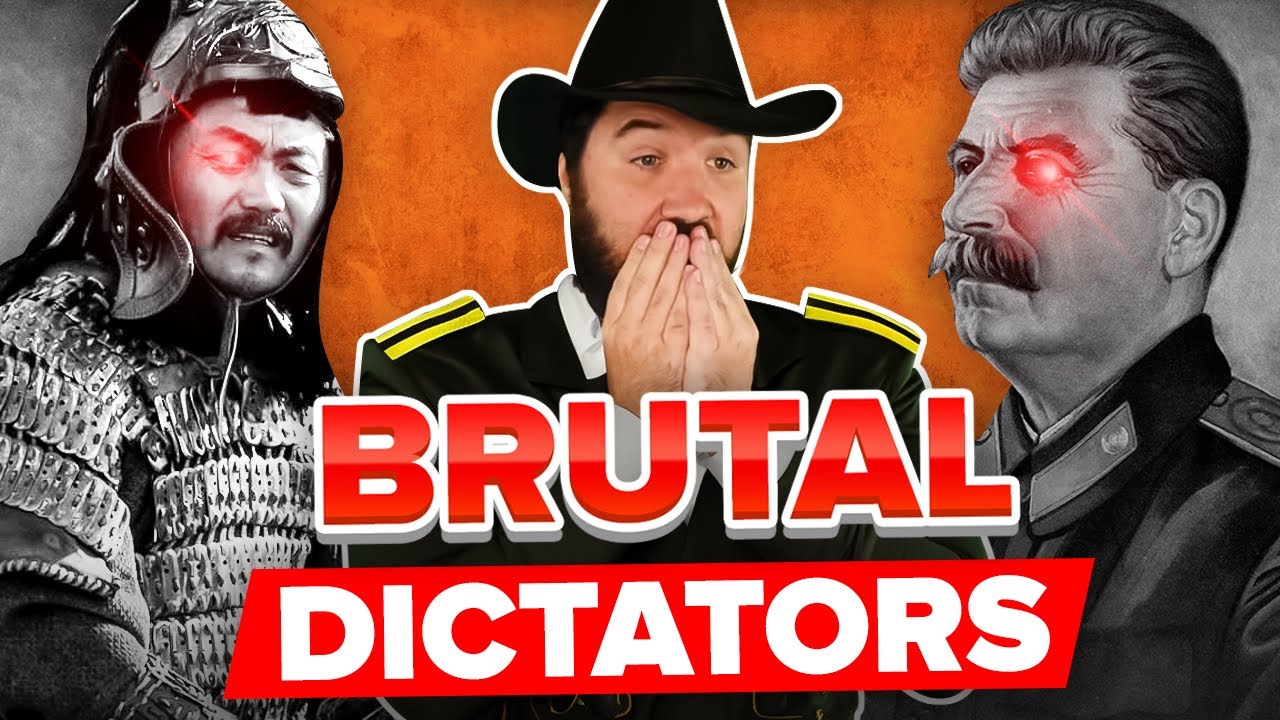
Ivan The Terrible (Up To 60 000 Deaths)
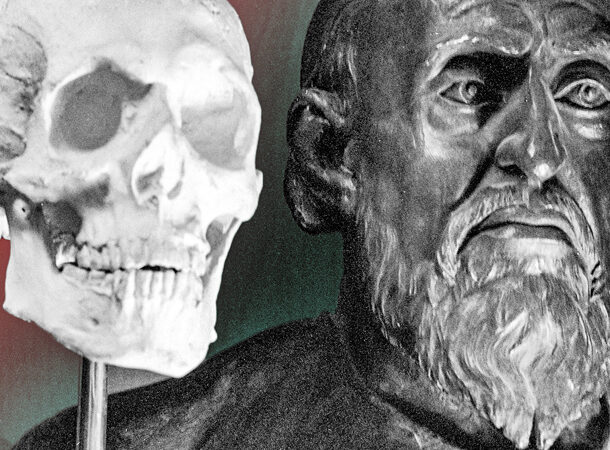 https://www.history.co.uk/articles/why-was-ivan-so-terrible
https://www.history.co.uk/articles/why-was-ivan-so-terrible In 1547, Ivan the Terrible became the first Tsar of Russia, ruling until his demise in 1598. His reign was marked by brutal tactics against perceived enemies, and tortures and murders occurred almost daily. He established a secret police force called the “Oprichnina,” who carried out his orders to murder priests, raid churches, and burn government officials alive. Ivan took sadistic pleasure in torturing his enemies and would burn them at the stake or boil them alive. One of his most infamous acts was the destruction of Novgorod, which resulted in the deaths of thousands of people. It is, in fact, believed that Ivan the Terrible was responsible for over 60,000 murders during his reign.
Vlad The Impaler (Up To 100 000 Deaths)
 https://www.nbcnews.com/sciencemain/vlad-impaler-real-dracula-was-absolutely-vicious-8c11505315
https://www.nbcnews.com/sciencemain/vlad-impaler-real-dracula-was-absolutely-vicious-8c11505315 Vlad the III, also known as Vlad The Impaler, was a terrifying warlord who ruled over what is today known as Romania. His cruel actions against the Ottoman Empire gave him the infamous nickname that inspired Bram Stoker’s Dracula. Vlad’s preferred method of execution, impaling, involved piercing victims with a pole from the genitals to the mouth, subjecting them to a slow and excruciating death. Disturbing accounts tell of him dining amidst a chilling forest of impaled bodies and spikes. It is estimated that he impaled around 20,000 Ottomans while also ordering gruesome acts such as skinning, boiling, decapitating, blinding, strangling, hanging, burning, roasting, hacking, nailing, and burying alive his enemies.
Francisco Solano Lopez (Up To 300 000 Deaths)
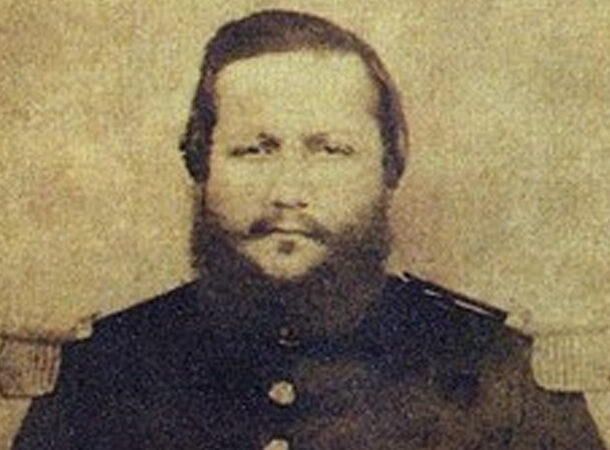 https://www.theguardian.com/world/2020/feb/27/paraguay-war-of-the-triple-alliance-anniversary
https://www.theguardian.com/world/2020/feb/27/paraguay-war-of-the-triple-alliance-anniversary In the 1860s, Paraguayan President Francisco Solano Lopez risked interfering in Uruguay’s civil war, in the process infuriating Brazil and Argentina. Lopez defiantly rejected further proposals for peace, which led to a devastating full-scale invasion.
The unfolding war was devastating in more ways than one, with Lopez resorting to desperate measures like conscripting child soldiers, executing numerous deputies (including his own brother), and suffering significant territorial losses. The Argentine military occupied Paraguay for eight long years. When Lopez met his demise in 1870 and the war finally ended, Paraguay’s population had plummeted from 525,000 to 221,000, leaving only 29,000 surviving males over the age of 15.
Idi Amin (Up To 500 000 Deaths)
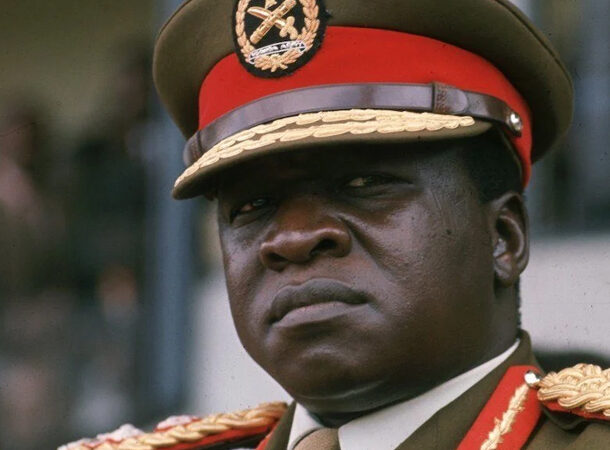 https://www.monitor.co.ug/uganda/special-reports/uganda-50/how-many-people-did-amin-really-kill--1526590
https://www.monitor.co.ug/uganda/special-reports/uganda-50/how-many-people-did-amin-really-kill--1526590 After seizing power in a military coup, Idi Amin ruled Uganda with ruthless brutality for eight years, leaving an estimated 500,000 people dead. Amin’s reign was marked by unimaginable cruelty, including shocking acts like ordering 4000 disabled individuals to be thrown into the Nile and torn apart by crocodiles. He even confessed to cannibalism, describing human flesh’s taste as saltier than a leopard’s. Through executions, torture, and unjust imprisonments, Amin eliminated numerous political officials and targeted ethnic minorities, subjecting his own people to exile, imprisonment, and senseless torture.
Caligula (Hundreds of Thousands of Deaths)
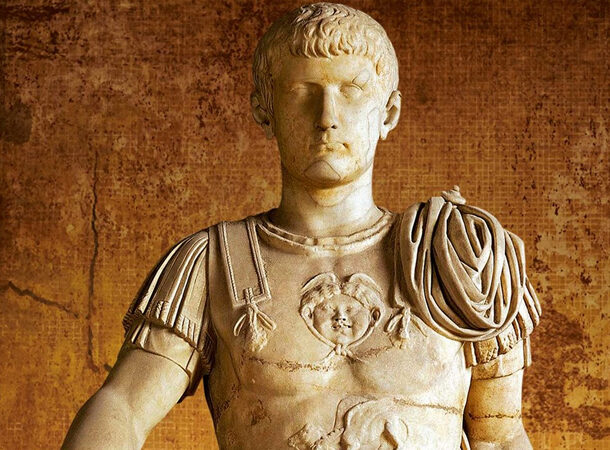 https://www.history.com/topics/ancient-rome/caligula
https://www.history.com/topics/ancient-rome/caligula Tales of Emperor Caligula, is the stuff of legends. Despite Rome’s high expectations for their new, young Emperor, Caligula quickly deteriorated into a harsh and dictatorial monster, exceeding all previous levels of brutality within the empire. Not only did he liken himself to a god, but he also perverted the Roman Gladiatorial games into monstrous displays of cruelty. He entertained the masses by sacrificing criminals and slaves (and once even a whole section of the crowd) to the predators in the arena. In a frantic bid to halt his tyrannical rampage, a secret plot was devised, leading to an attack by a group of Praetorian Guards who stabbed him over 30 times after a sporting event in 41 A.D.
Josip Broz Tito (Up To 1.1M Deaths)
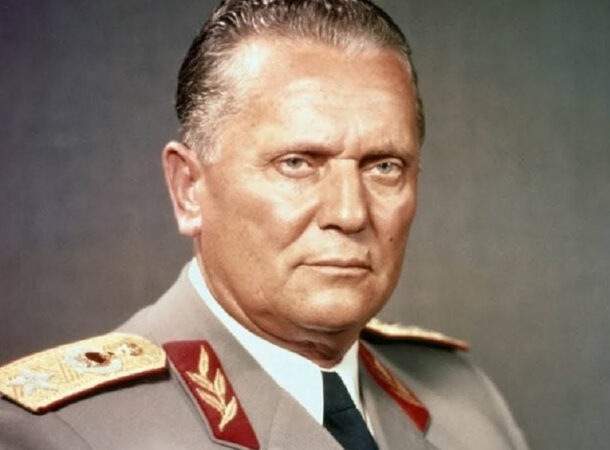 https://inavukic.com/2022/05/08/may-1945-josip-broz-tito-yugoslavia-a-mass-murderer-croatia-a-graveyard-of-slaughtered-patriots-%EF%BF%BC/
https://inavukic.com/2022/05/08/may-1945-josip-broz-tito-yugoslavia-a-mass-murderer-croatia-a-graveyard-of-slaughtered-patriots-%EF%BF%BC/ Josip Broz Tito, the leader of Yugoslavia from 1943 to 1980, is revered by some for opposing fascism and maintaining stability. However, his regime involved terrible human rights abuses. Nationalist sentiments were suppressed with censorship and violence. Tito repressed any and all political opposition through imprisonment, torture, and executions. Prisoners who ended up in labor camps had to endure incredibly harsh conditions, and the suffering would often see them die long before ending their terms. Tito’s regime also conducted mass trials and purges, amongst others, the crackdown on the Croatian Spring movement, which resulted in the imprisonment and deaths of almost all its supporters.
Théoneste Bagosora (Up To 1.1M Deaths)
 https://apnews.com/article/africa-genocides-rwanda-crime-kigali-c73f1eccad5d04026606049797aa15ea
https://apnews.com/article/africa-genocides-rwanda-crime-kigali-c73f1eccad5d04026606049797aa15ea Théoneste Bagosora gained notoriety for his involvement in the 1994 Rwandan genocide, although he did not hold sole leadership. However, Bagosora was instrumental in organizing and carrying out the massacres. He exploited ethnic divisions to fuel violence against the Tutsi population, exerting control over the military and collaborating with extremist Hutu militias to systematically kill Tutsis. Bagosora was also implicated in the assassinations of political figures, including the Prime Minister and UN peacekeepers. The International Criminal Tribunal for Rwanda sentenced Théoneste Bagosora to life imprisonment in 2008 for the crimes he committed against humanity.
Sukarno (Up To 1.5M Deaths)
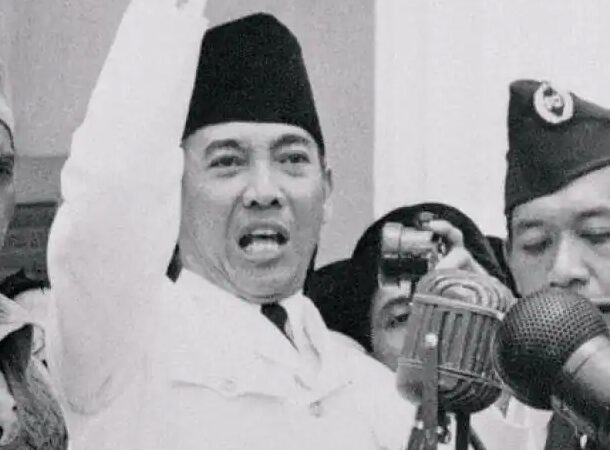 https://www.scmp.com/magazines/post-magazine/books/article/3090523/sukarno-suharto-and-us-backed-mass-murder-communists
https://www.scmp.com/magazines/post-magazine/books/article/3090523/sukarno-suharto-and-us-backed-mass-murder-communists During his presidency from 1945 to 1967, Sukarno, the first President of Indonesia, made significant contributions to the country’s struggle for independence. However, his time in office was marred by political intimidation, rampant human rights abuses, and economic mismanagement. Opposition figures were crushed, separatist movements were ruthlessly suppressed, and his relentless crackdown on suspected communists claimed the lives of thousands of people. Sukarno also imposed severe limitations on civil liberties, controlled the media, and punished those who dared to express dissenting views.
Mengistu Haile Mariam (Up To 1.5M Deaths)
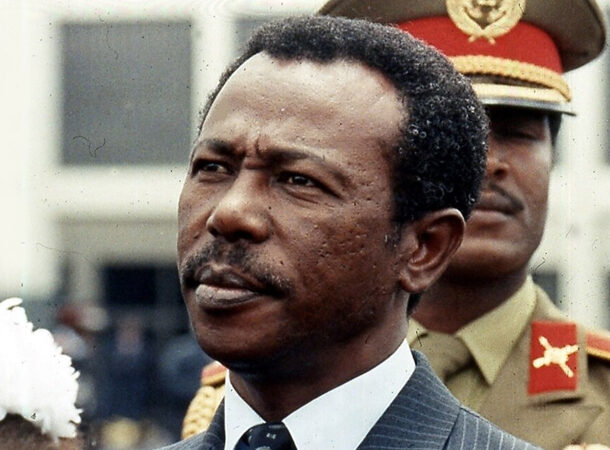 https://www.independent.co.uk/news/world/africa/mengistu-found-guilty-of-ethiopian-genocide-428233.html
https://www.independent.co.uk/news/world/africa/mengistu-found-guilty-of-ethiopian-genocide-428233.html Ethiopia was under the leadership of Mengistu Haile Mariam from 1974 to 1991. Although there are suspicions that he seized power by assassinating his predecessor, Haile Selassie, Mengistu has consistently denied these allegations. He became infamous for overseeing the Ethiopian Red Terror, a brutal suppression campaign that had catastrophic consequences. Thousands of people died, and their corpses were often left on the streets, becoming food for hyenas and other wild animals. Most of the violence was carried out by local community watch organizations known as “Kebeles.” These Kebeles not only took innocent lives but also demanded payment from the victims’ families in exchange for the return of their remains. This campaign stands as one of the most horrific mass killings in African history.
Kim Il Sung (Up To 1.6M Deaths)
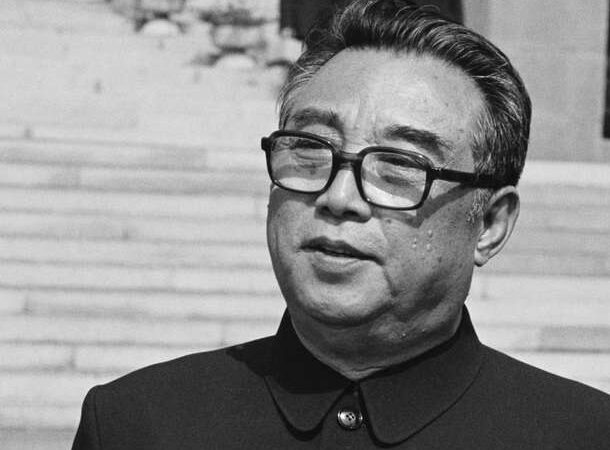 https://www.hawaii.edu/powerkills/SOD.CHAP10.HTM
https://www.hawaii.edu/powerkills/SOD.CHAP10.HTM Kim Il Sung, the father of North Korea’s current leader Kim Jong-Il, championed a command economy in which the government had complete control over decision-making. Despite his best efforts, he faced challenges in gaining the people’s love and support, which led to a tenuous hold on power. Kim Il Sung resorted to blaming the USA for spreading diseases among the population, following a pattern often seen in such leaders. Like Stalin, he conducted large-scale purges to instill fear and foster a belief in his version of the truth. However, unlike Stalin, there were no trials during these purges.
Saddam Hussein (Up To 2M Deaths)
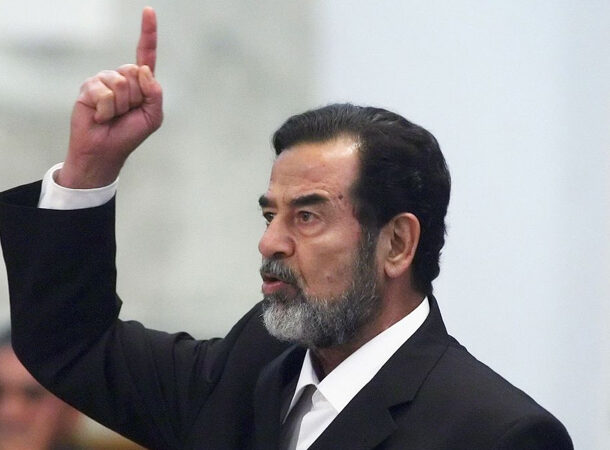 https://edition.cnn.com/2016/12/29/middleeast/iraqi-voices-saddam-execution/index.htm
https://edition.cnn.com/2016/12/29/middleeast/iraqi-voices-saddam-execution/index.htm Saddam Hussein served as the fifth president of Iraq between 1979 and 2003. The Iraqi dictator was a ruthless tyrant known for severe human rights abuses, a repressive regime, and total disregard for human life. Saddam was particularly cruel towards the Shi’a and Kurdish people living within Iraq and instituted several purges to limit their power. Arbitrary arrests, torture, extreme violence, and sporadic executions of individuals suspected of disloyalty were a part of daily life. Among his most vicious actions as president involved deploying chemical weapons against the Kurds in Northeastern Iraq, leaving scores of people injured and dead.
The extent of Saddam’s atrocities remains hard to fathom, but the true toll is believed to far exceed the official numbers.
Ranavalona I (Up To 2.5M Deaths)
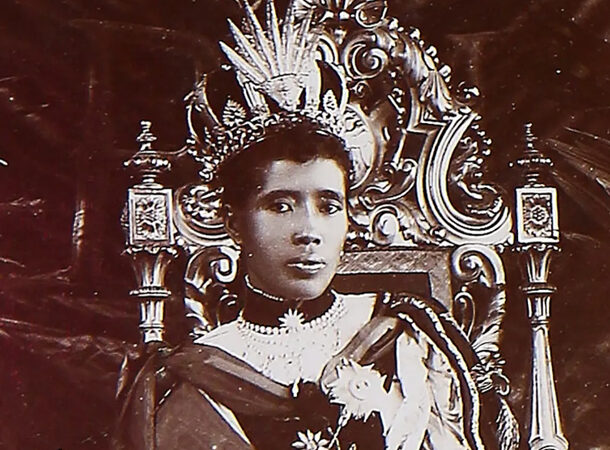 https://swati-suman.medium.com/the-terror-of-queen-ranavalona-i-in-madagascar-9afc5a995a1f#:~:text=Born%20in%201788%20in%20Madagascar,and%20independence%20of%20the%20kingdom
https://swati-suman.medium.com/the-terror-of-queen-ranavalona-i-in-madagascar-9afc5a995a1f#:~:text=Born%20in%201788%20in%20Madagascar,and%20independence%20of%20the%20kingdom Ranavalona I, known as Ranavalona the Cruel, ruled Madagascar from 1828 to 1861. Her regime was marked by widespread violence and human suffering. Christians, missionaries, and Malagasy converts faced persecution, torture, and execution as she viewed Christianity as a threat. Forced labor under her policy of “fanompoana” led to countless deaths and misery. Any opposition was brutally suppressed through imprisonment, torture, and execution, fostering an environment of fear and silencing dissent. To this day, her reign remains a dark chapter in Madagascar’s history.
Ismail Enver Pasha (Up To 2.5M)
 http://worldwithoutgenocide.org/genocides-and-conflicts/the-ottoman-christian-genocide
http://worldwithoutgenocide.org/genocides-and-conflicts/the-ottoman-christian-genocide Ismail Enver Pasha was a unique dictator among the many who sought power through violence. He gained prominence as the leader of the Young Turk Revolution and assumed command over the Ottoman Empire during both World War I and the Balkan Wars. Despite his military experience, he proved to be an ineffective army leader, suffering repeated defeats. Desperate to compensate for his humiliating losses, he resorted to a horrific solution: the massacre of over 1.5 million Armenians and more than 1 million people from other ethnic groups. The event was so significant that the word “genocide” was coined to describe its magnitude and brutality.
Omar al-Bashir (Up To 3M Deaths)
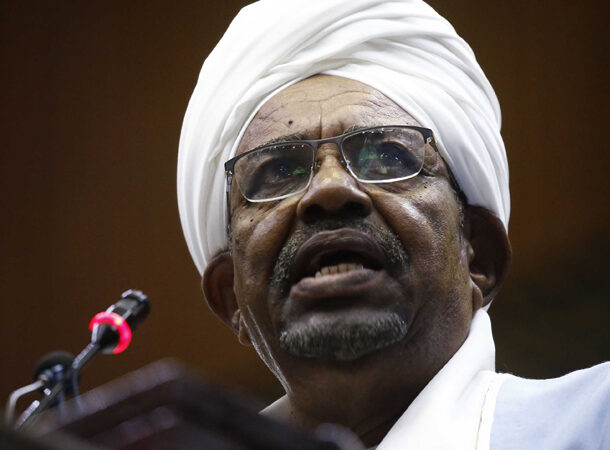 https://www.prospectmagazine.co.uk/world/39937/demise-of-a-dictator-how-will-the-world-remember-sudans-omar-al-bashir
https://www.prospectmagazine.co.uk/world/39937/demise-of-a-dictator-how-will-the-world-remember-sudans-omar-al-bashir Omar al-Bashir‘s presidency in Sudan (1989-2019) was characterized by widespread human rights violations and atrocities committed by the government and security forces. During the now infamous Darfur Genocide, ethnic minority groups were brutally targeted by the Sudanese government and Janjaweed militia, resulting in mass killings, rape, torture, and forced displacement. Under Bashir’s leadership, the government also targeted civilians in South Kordofan and Blue Nile states, conducting indiscriminate bombings and attacks on civilian areas. Throughout his rule, there were widespread reports of repression, arbitrary arrests, torture, censorship, and the persecution of human rights defenders, journalists, and activists. Bashir is currently imprisoned and faces arrest charges for war crimes and crimes against humanity, including murder, extermination, torture, and forced population transfers.
Yakubu Gowon (Up To 3M Deaths)
 https://gazettengr.com/nigerian-civil-war-that-claimed-three-million-lives-was-little-fracas-yakubu-gowon/
https://gazettengr.com/nigerian-civil-war-that-claimed-three-million-lives-was-little-fracas-yakubu-gowon/ Yakubu Gowon’s tenure as Nigeria’s military dictator from 1966 to 1975 was riddled with political turmoil and a devastating civil war. After coming to power through a coup, Gowon tried his best to unite his divided country. Unfortunately, the escalating tensions triggered the Nigerian Civil War. Under Gowon’s leadership, his blockade and military campaign against the state of Biafra resulted in a severe humanitarian crisis. The conflict claimed the lives of an estimated one to three million people, predominantly innocent civilians, who suffered from combat, famine, and disease. Gowon’s regime also faced allegations of corruption and economic mismanagement, which worsened the already immense suffering endured by the Nigerian people.
Pol Pot (Up To 4M Deaths)
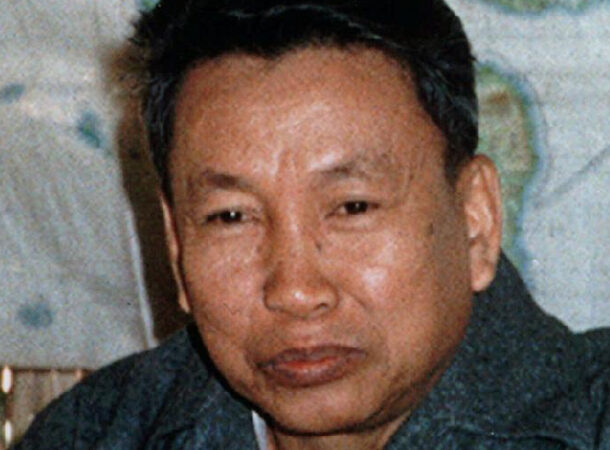 https://www.ncbi.nlm.nih.gov/pmc/articles/PMC4562795/
https://www.ncbi.nlm.nih.gov/pmc/articles/PMC4562795/ Pol Pot orchestrated the Cambodian Genocide, which is better known as the “Killing Fields.” For four years, he ordered the Khmer Rouge forces to execute “troublemakers” who opposed his regime. Through mass shootings, forced labor, torture, conscription of child soldiers, and deliberate starvation, Pol Pot and his regime are believed to have killed up to 4 million people, which accounted for a quarter of Cambodia’s population at that time. Most of the victims were Muslims, Chinese-Cambodians, and Vietnamese-Cambodians. Had it not been for the invasion by Vietnamese forces in 1978, experts believe these atrocities would have continued into the 1980s.
It is staggering to note that as of 2009, a total of 23,745 mass graves have been discovered, a grim testament to the scale of the atrocities committed.
Attila The Hun (Millions of Deaths)
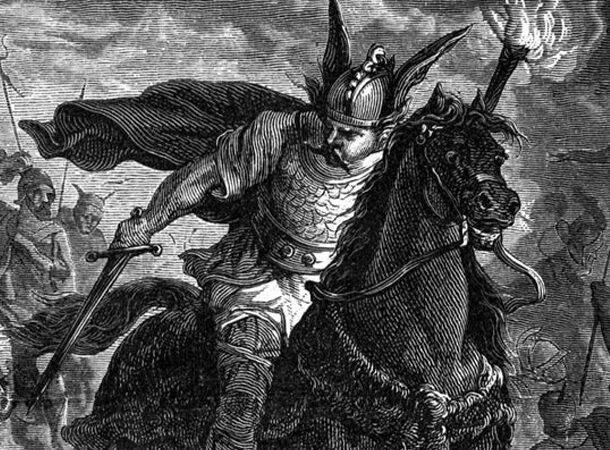 https://www.history.com/news/8-things-you-might-not-know-about-attila-the-hun
https://www.history.com/news/8-things-you-might-not-know-about-attila-the-hun Attila the Hun, one of history’s most formidable leaders, was known for his fierce military prowess and destructive conquests. It is also a well-known fact that Attila’s rise to power involved killing his own brother. His Hun army was enormous and consisted of nearly half a million men. They were often referred to as “the Scourge of God” by the Romans. During battles, Attila employed a ruthless “scorched earth policy,” leaving nothing in his wake and reducing entire settlements to ruins. Legend has it that not even a blade of grass grew where his horse set foot. The impact of Attila and the Huns was substantial; although the precise number of deaths they caused remains uncertain due to historical constraints, it is widely agreed that it ranged in the millions.
Hideki Tojo (Up To 14M Deaths)
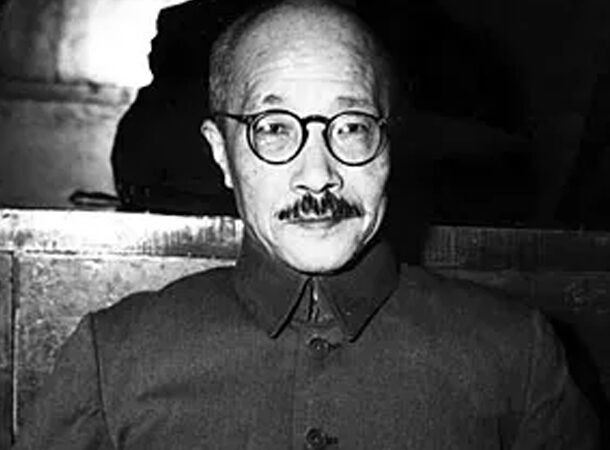 https://www.historycrunch.com/hideki-tojo.html#/
https://www.historycrunch.com/hideki-tojo.html#/ Hideki Tojo, a prominent figure in the Imperial Japanese Army, wielded significant power as Prime Minister and held various influential positions within the Japanese government. He advocated for militaristic and nationalist indoctrination in education, which resulted in societal divisions. Tojo also endorsed eugenics policies targeting mixed-blood Japanese families, contributing to discriminatory practices. While initially aligned with the Nazi regime, he suffered devastating defeats as Japan’s fortunes declined and subsequently retreated from the public eye. In 1946, Tojo faced trial for war crimes and was convicted for waging aggressive wars, violating international law, and subjecting Prisoners of War to inhumane treatment.
Leopold II of Belgium (Up To 15M Deaths)
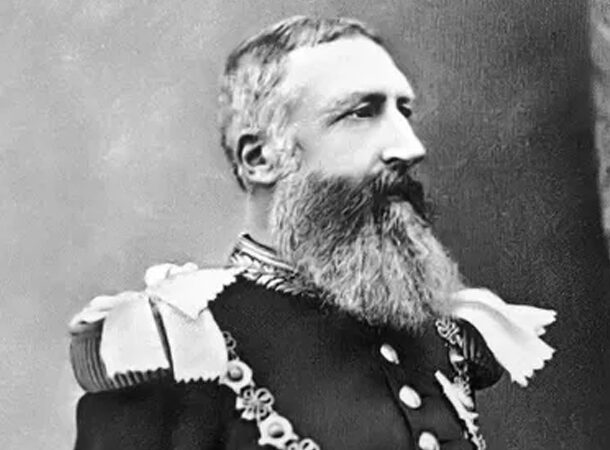 https://allthatsinteresting.com/king-leopold-ii
https://allthatsinteresting.com/king-leopold-ii Leopold II was an exceptionally cruel ruler whose actions constituted severe “crimes against humanity.” Upon seizing colonial control of the Congo, he ruthlessly exploited the Congolese people to access the region’s abundant natural resources, which included large amounts of ivory and rubber. To maintain control, Leopold authorized his administrators and army officials to use extreme violence, including beatings, amputations, torture, and murder. He sanctioned the burning of entire villages and the abduction of children for use in labor camps, where approximately 50 percent of them would die without their parents knowing. It is currently estimated that Leopold II’s reign resulted in the deaths of up to 15 million people in the Congo.
Adolf Hitler (Up To 17M Deaths)
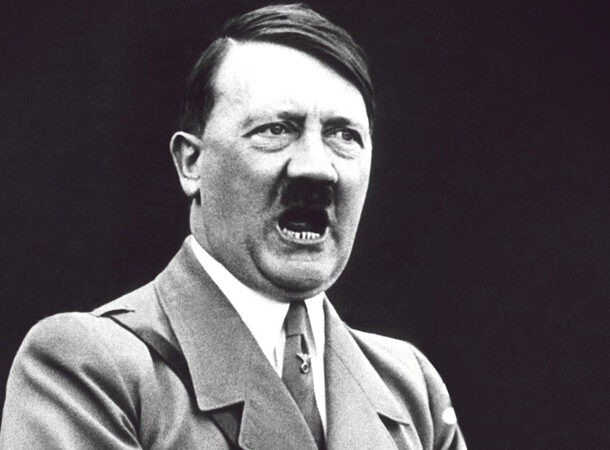 https://www.theholocaustexplained.org/how-and-why/why/rise-of-the-nazis-and-adolf-hitler/
https://www.theholocaustexplained.org/how-and-why/why/rise-of-the-nazis-and-adolf-hitler/ Adolf Hitler was an exceptionally ruthless and brutal dictator who epitomized pure evil. Propagating the belief that certain ethnic groups, particularly Jews, were “inferior,” he unleashed a series of policies to eradicate those he deemed undesirable from Europe. The Nazi regime, under Hitler’s command, engaged in the systematic murder of millions of civilians, with estimates reaching as high as 17 million. Among the victims were six million Jews and 1.5 million Romanis. To achieve these horrifying numbers, Hitler employed methods such as mass shootings, gas chambers, death camps, death marches, and deliberate starvation, systematically wiping out entire communities. The atrocities committed included relentless beatings, humiliation, and the dehumanization of individuals in the most unimaginable ways.
Tamerlane (Up To 17M Deaths)
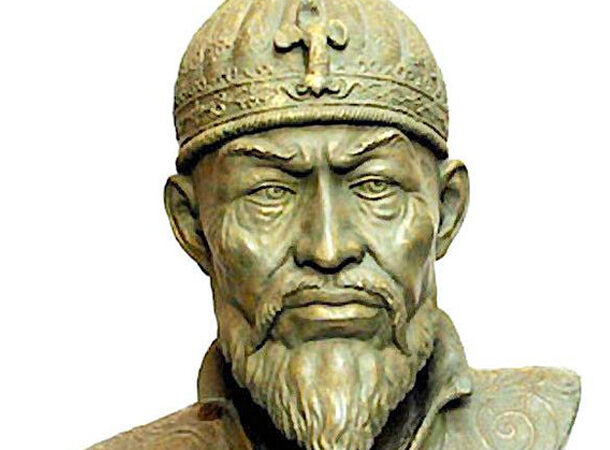 https://www.warhistoryonline.com/medieval/tamerlane-middle-east.html?chrome=1
https://www.warhistoryonline.com/medieval/tamerlane-middle-east.html?chrome=1 Tamerlane, the Turco-Mongol conqueror who ruled from 1370 to 1405, deeply admired the legendary figure of Genghis Khan. His armies ravaged central Asia, leaving literally nothing but destruction in their wake. Tamerlane’s military campaigns were marked by genocide, claiming the lives of up to 17 million people, which amounted to 5% of the world’s population in the 14th century. One of Tamerlane’s most gruesome practices was the construction of skull pyramids. In 1401, after the massacre of Baghdad, his soldiers erected 120 pyramids, each composed of 90,000 severed heads, serving as macabre reminders of his cruelty and brutality.
Hong Xiuquan (Up To 20M Deaths)
 https://www.washingtonpost.com/archive/entertainment/books/1996/01/21/apocalypse-then/a35d9d21-40fc-42ba-856d-fca9c32c5620/
https://www.washingtonpost.com/archive/entertainment/books/1996/01/21/apocalypse-then/a35d9d21-40fc-42ba-856d-fca9c32c5620/ During 19th-century China, Hong Xiuquan emerged as the leader of the Taiping Heavenly Kingdom and launched a rebellion against the ruling Qing Dynasty from 1850 to 1864. Proclaiming himself as the younger brother of Jesus Christ, Hong aspired to establish a utopian society rooted in Christianity. However, the Taiping Rebellion only unleashed unimaginable horrors and claimed the lives of millions. Under Hong’s rule, the Taiping forces implemented a rigid ideology, purging and executing those perceived as disloyal or impure. They captured cities and carried out massacres, such as the infamous Yangzhou Massacre. Additionally, they systematically targeted cultural and religious sites, symbolizing the old order. The aftermath of the Rebellion left China devastated, with immense suffering inflicted by both the rebels and the Qing Dynasty.
Jozef Stalin (Up To 40M Deaths)
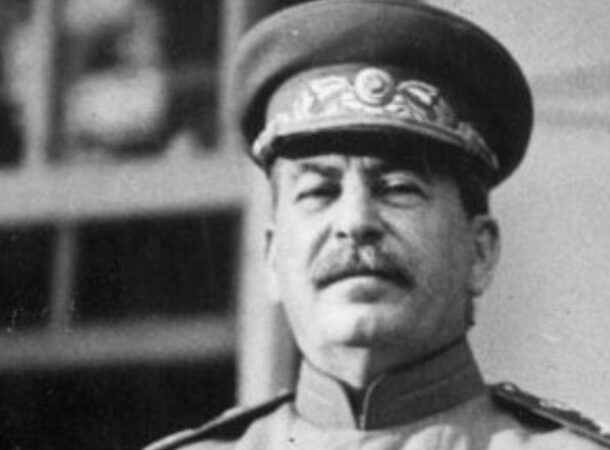 https://news.stanford.edu/2010/09/23/naimark-stalin-genocide-092310/
https://news.stanford.edu/2010/09/23/naimark-stalin-genocide-092310/ Joseph Stalin unleashed a reign of brutality and repression during his time in power. Through his totalitarian regime and a devoted network of loyal cadres, he pursued relentless campaigns to eliminate dissidents, political rivals, and perceived enemies of the Soviet state. The Gulag, a system of prison camps, became the destination for millions of deported individuals, while countless others were imprisoned, tortured, and executed for any hint of disloyalty. Stalin’s iron grip extended to his military, where fear permeated the ranks.
While the precise number of deaths attributable to Stalin’s policies is difficult to ascertain, current estimates by scholars suggest that approximately 40 million people may have perished due to his social, political, economic, and military actions. However, the true extent of the horrors inflicted by Stalin’s regime may forever remain shrouded in mystery, as the Soviet state took extreme measures to erase incriminating evidence and silence those who dared to speak out.
Genghis Khan (Up To 60M)
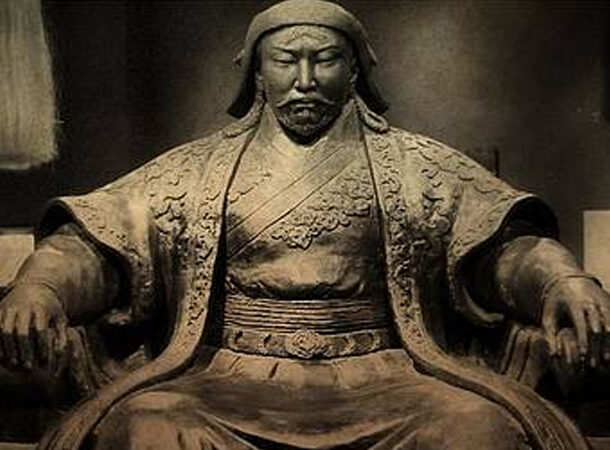 https://historyofyesterday.com/the-death-of-40-million-people-caused-an-ice-age/
https://historyofyesterday.com/the-death-of-40-million-people-caused-an-ice-age/ Despite his leadership skills and warrior background, Genghis Khan was a fierce and ruthless leader, infamous for his cruelty and savagery on a global scale. Cities, especially in China, faced devastating sieges, where entire populations were deliberately starved before the cities were razed to the ground. Genghis Khan operated under a strategy called “total war,” believing that widespread extermination and the use of terror were necessary to maintain control over conquered territories. During Genghis Khan’s reign, an estimated 40 to 60 million people died, leading to an 11 percent decline in the world’s population. In fact, Genghis Khan’s invasion of Asia caused so many deaths that enough carbon dioxide was taken out of the atmosphere to trigger a mini-ice age!
Mao Zedong (Up To 70M Deaths)
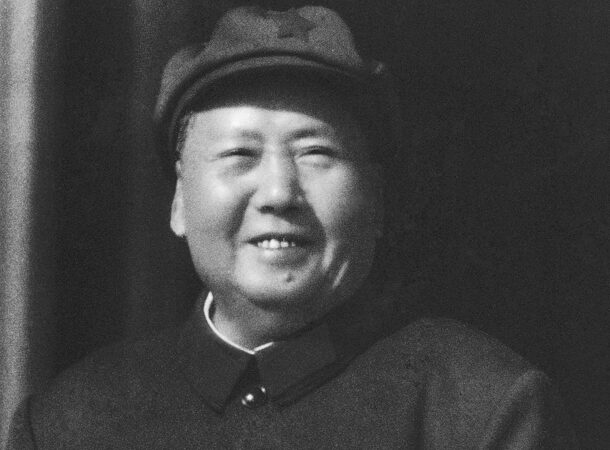 https://www.heritage.org/asia/commentary/the-legacy-mao-zedong-mass-murder
https://www.heritage.org/asia/commentary/the-legacy-mao-zedong-mass-murder The founder and chairman of the People’s Republic of China, the infamous Mao Zedong, is number one on our list of the world’s deadliest dictators. Mao was exceptionally ruthless, sparing no effort to achieve his personal ambitions. Once his “transformation” policies were in place, Mao and his loyalists ruthlessly suppressed opposition, silencing dissenters and subjecting them to torture and execution. Mao also enforced excessive grain-collection policies that resulted in widespread famine, leaving the Chinese people without food. Millions were forcibly relocated to “people’s communes,” which were essentially labor camps, as Mao’s disastrous planning and disregard for human life took a devastating toll.
It is estimated that Mao Zedong and his government officials were responsible for approximately 55 to 70 million deaths during his time in power. Historians believe this figure could rise to as many as 80 million if malnutrition and famine-related diseases are considered. When considering Mao’s suppression of political opponents and the mass executions of innocent civilians, one thing becomes painfully clear: Mao Zedong was undeniably the most brutal and merciless dictator in human history. This appalling achievement will likely endure for years to come.



























